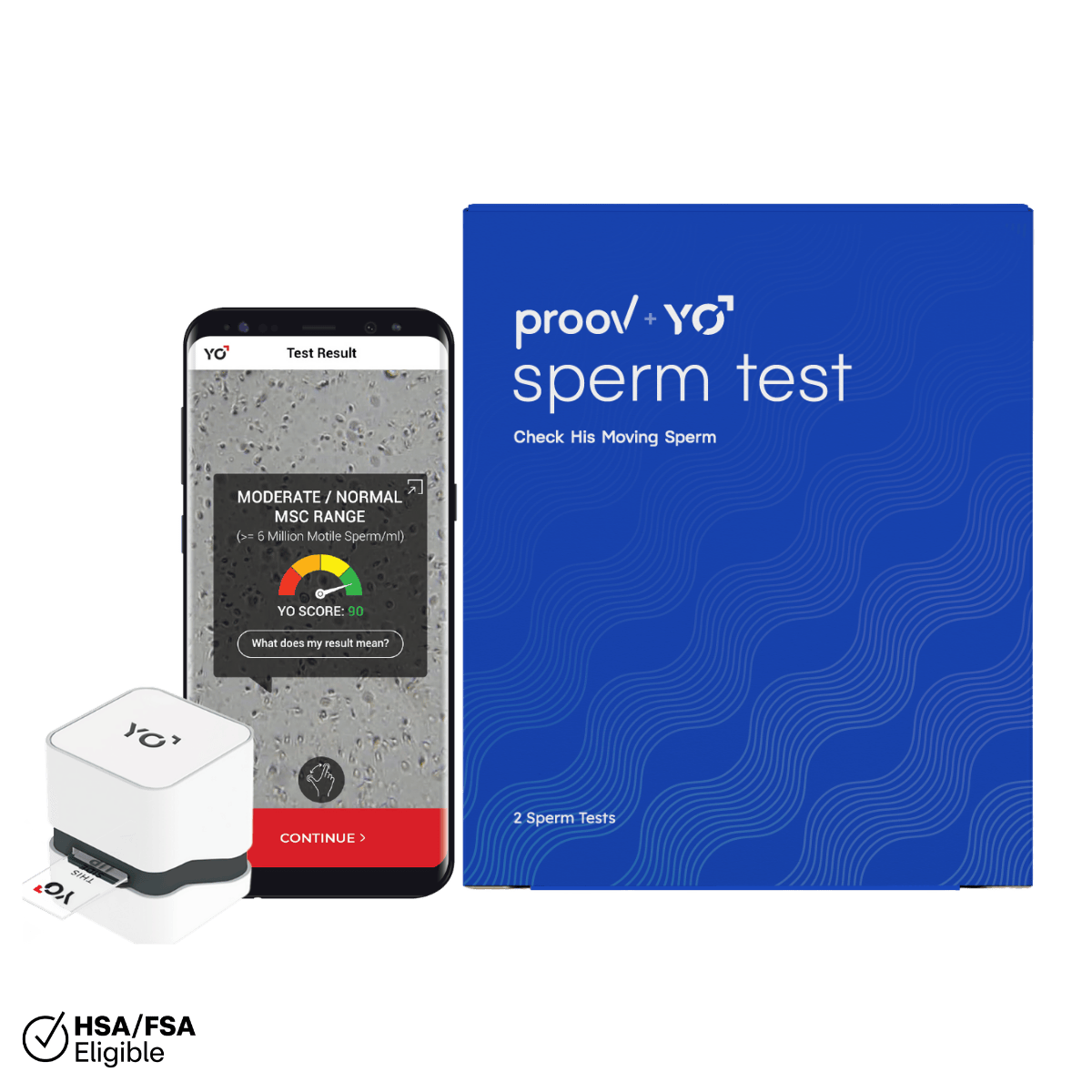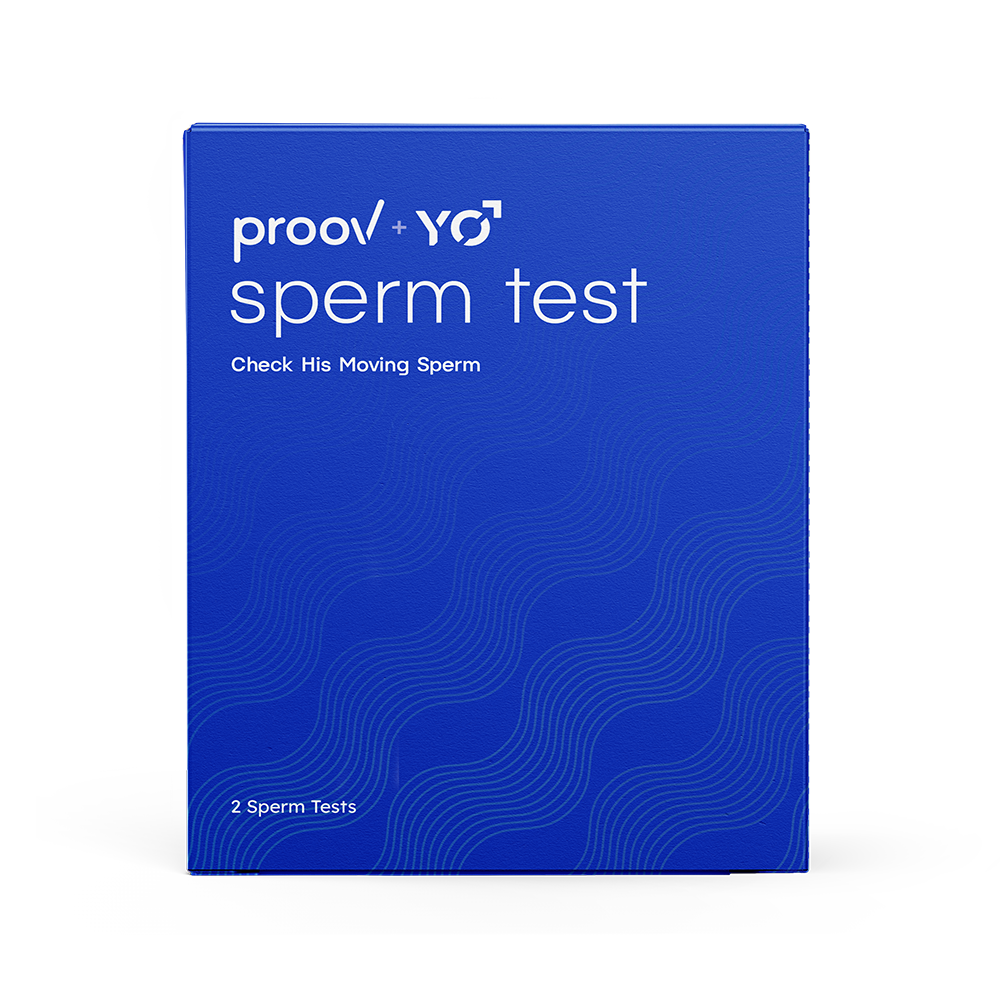Updated on 11/23/22
When it comes to the fertility world, there are all sorts of new terms to learn. And, there are plenty of different tests to try.
Have you heard of a PdG test? While these tests are pretty cool (we may be just a little biased), they also provide incredibly valuable information for anyone trying to get pregnant.
Keep reading to learn more about PdG tests and how they can help you!
What is a PdG test?
What are PdG tests? PdG test strips are urine-based hormone tests that measures PdG levels in first morning urine. PdG meaning, a marker of the hormone, progesterone, found in urine.
PdG tests make confirming successful ovulation easy from the comfort of home. You use PdG tests after ovulation occurs to not only confirm that you ovulated, but also to monitor your PdG levels after ovulation, during what’s called the implantation window.
After ovulation occurs, the ovary produces progesterone, one of the main female reproductive hormones. Progesterone’s job is to prepare the lining of the uterus for pregnancy.
It does so by making the uterine lining “sticky” enough so that a newly fertilized egg (also called an embryo) can comfortably attach itself to the uterus to begin pregnancy – also called implantation.
There are only a few days after ovulation when progesterone levels should be elevated to allow for implantation to occur. This is known as the implantation window.
After progesterone circulates through the bloodstream and has done its job, it gets broken down and is excreted from the body in urine as its main urine marker, PdG (which is short for Pregnanediol Glucuronide). PdG tests measure the amount of PdG present in urine to help you confirm ovulation and understand your levels during the oh-so-important implantation window.

How is a PdG test different from an ovulation test?
As we mentioned, PdG tests measure a urine marker of PdG and are used after ovulation, to help confirm successful ovulation. Ovulation tests – contrary to their name – actually do not confirm ovulation.

Instead, ovulation tests measure luteinizing hormone (LH), the hormone that surges right before ovulation and triggers the ovary to release the egg. Testing LH levels with an ovulation test can help you predict when ovulation should occur, but tells you nothing about whether or not it actually happened.
Don’t get us wrong – understanding when you should ovulate is equally as important as understanding if you ovulated. Predicting ovulation accurately helps you time intercourse around ovulation, when intercourse is most likely to result in conception.
Testing your PdG levels helps you understand if you have a chance at implantation and pregnancy after sperm and egg meet.
Wait, why can't I test my progesterone levels directly?
Well technically you can, but a progesterone blood test may not provide the complete picture of your levels over time.
While an initial rise in progesterone does confirm ovulation – which you can get from a single blood test – progesterone needs to rise and remain elevated throughout the implantation window to allow for a higher possible chance at pregnancy. To get a more complete picture of your levels over time, you’d need to get multiple blood draws over multiple days…ouch!
Additionally, studies show progesterone values can fluctuate drastically in the same healthy patient in just 90 minutes. This means that if you go to a lab to have a blood test at 7 am, you may get a very different progesterone level than if you were to test at 5 pm.
That’s where PdG testing becomes more convenient! Studies show that PdG levels in urine correlate with progesterone levels in blood and testing PdG in urine is a non-invasive way to track levels over the implantation window.

So why are PdG tests so important?
Great question! Problems with ovulation – meaning lack of ovulation or insufficient progesterone production after ovulation – are the #1 cause of infertility in women.
Proov Confirm PdG tests are the first and only FDA-cleared at-home test to confirm successful ovulation. Not only can a PdG test help you understand if you’re ovulating, but testing over multiple days during the implantation window (a testing method which we have patented) can help you understand if ovulation was truly successful.
Understanding your PdG levels can be a key piece of the pregnancy puzzle. A recent study found that elevated PdG levels during the implantation window increase the chances of successful pregnancy by over 75%!

What can I do if my PdG levels are low?
First and foremost, we always recommend taking your PdG test results to your doctor to develop the best next steps for you. If your results indicate you’re ovulating successfully, then your doctor may be able to run other tests or explore other possible reasons why you might not be getting pregnant.
And if your results do not show a successful ovulation, the good news is that there are plenty of treatment options available.
Some natural treatments for low PdG levels include:
- Seed cycling: Supplementing your diet with 4 different types of seeds, in different moments of your cycle: pumpkin, flax, sesame and sunflower
- Herbal supplements: Adding herbals such as vitex, maca, or red raspberry leaf to your regimen can help boost PdG levels. Before adding herbal supplements like Proov Luteal Love, we recommend consulting your doctor.
- Diet changes: Some foods have been shown to increase PdG production, such as beans, broccoli, and pumpkin, among others.
If you prefer to go the medical route, we recommend consulting your doctor who may be able to prescribe you progesterone supplements or ovulation inducing medication.
PdG testing gives you a more complete ovulation picture as it allows for non-invasive testing over several days. With Proov, you can confirm successful ovulation and be one step closer to reaching your fertility goals!













